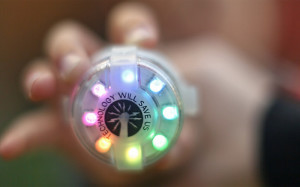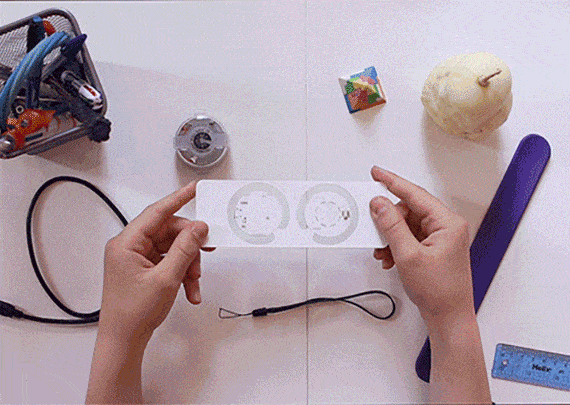Yes, we like our own book, but there are others out there to consider! Here are a few that have come onto my radar lately…
My Mommy is an Engineer
Kerrine Bryan published her children’s book after she got fed up wth gender stereo types in careers portrayed to kids. She commented that she fell into engineering by chance, but now is an ambassador and speaks to students about it:
I found that there was a negative perception, particularly by women, of what engineering involved, which often changed once I spoke to them.
I felt that if we could change the perception of certain careers from a young age then this could have an impact on study / career choices later in life. Gender bias also starts at a young age. Many existing children’s books only cover a small range of careers such as doctors, nurses, firemen or train drivers, and sadly often with gender bias. By exposing them to a wider range of options with our books, I felt that this could help with future skills gap and gender bias issues.
The Story of Space
The Guardian highlights a book about space:
From the oceans to the cosmos: The Story of Space (Frances Lincoln) by Catherine Barr and Steve Williams is boosted into orbit by Amy Husband’s illustrations, ably straddling the divide between humour and wonder.
The Baby Biochemist: DNA
Meanwhile Margot Alesund earned her PhD in biochemistry and worked as a bench scientist in industry, but after her daughter was born she took a career break. She realized many basic models in her field were easily illustrated and explained to kids, so “The Baby Biochemist” series was born!






